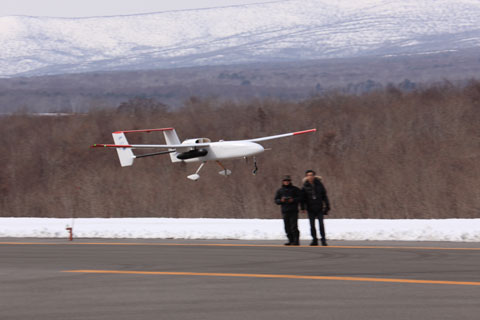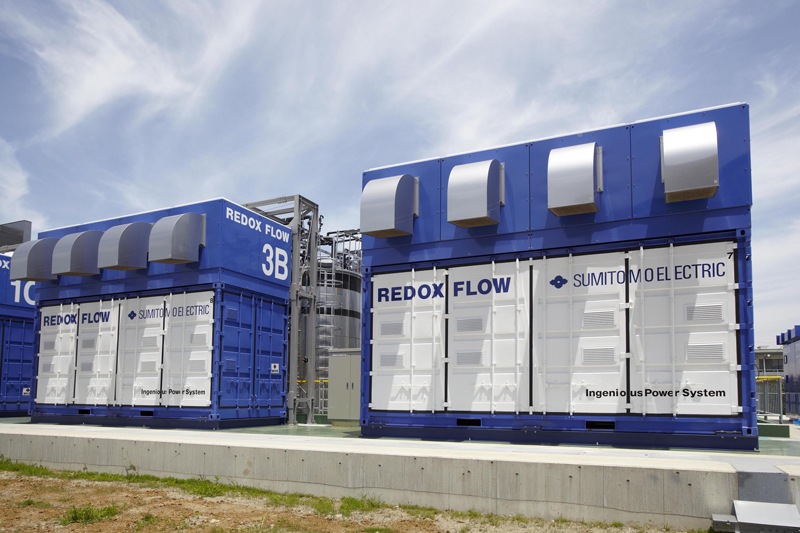Technology:
Secom, Japan’s
leading security company, developed a small flying robot designed for
surveillance. Propeller-driven, the robot allows for automatic flight. If a
suspicious vehicle enters into client’s premises outside office hours, the
sensors installed on the building will detect it and transmit data to the
stand-by flying robot, and the robot will immediately go into action. It chases
the suspicious vehicle and films the vehicle and the physiognomy of suspicious
persons in the vehicle higly accurately. The company will put it into practical
application as part of its online security services for industrial users in
2014. The new service is intended for suburban shopping centers.
The flying robot
knows the location of the suspicious vehicle and films it in face of it and
sends information on the vehicle by radio to Secom’s surveillance center in
real time. Secom’s staff will dispatch security agents or report to the police
department depending on the images it receives. The flying robot is expected to
prevent suspicious persons from entering into the premises. The company is
planning to provide this service as an additional service for less than 5,000
yen per month in its online security service. Secom is now developing a system
to prevent break-in by combining its sensor technology and IC tag technology as
the next-generation service. Alsok, Japan’s second largest security company,
has developed a system to detect a suspicious person entering into premise in a
few seconds based on the laser sensor technology.
Secom’s flying
robot for surveillance








